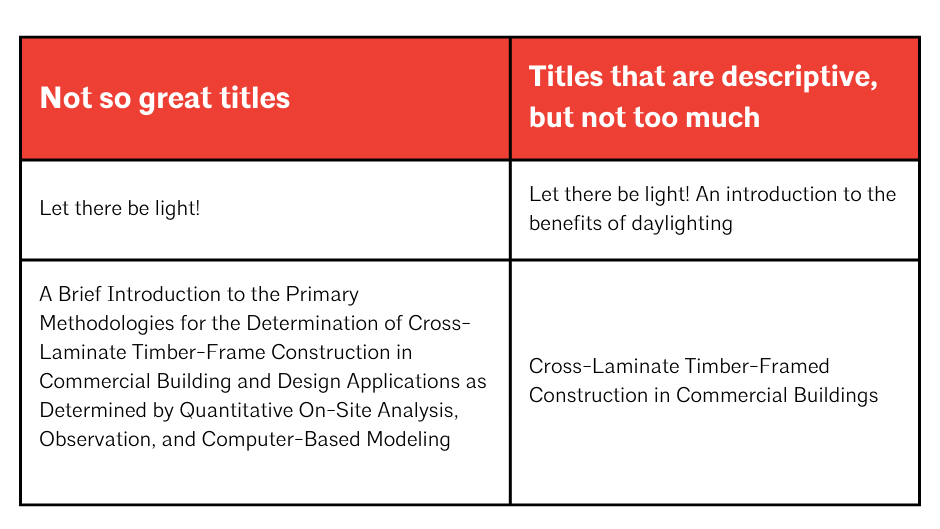Letter from Our Programming Sub-Committee Chair
On behalf of the Board and the Programming Committee of AIA East Tennessee, thank you for agreeing to come to Johnson City to present your firm’s work at one of our monthly membership meetings. We have earmarked your date for your attendance.
Our chapter has a very active and vibrant membership of architects, of all ages, and it includes academics from the University of Tennessee College of Architecture and Design along with allied professionals. Our meetings are held currently at Food City in Johnson City (920 North State of Franklin Rd, Johnson City, TN) and we have an attendance ranging from 15-25 folks and your presentation will be digitally streamed to the larger AIA East TN community composed of over 350 members.
We always look for speakers who have design-focused practices, who can inspire our members in the work that they do, and who can provide a new way of thinking about practice, design, and architecture. After learning about your firm, we know your work will be of great interest to our membership.
Please fill out our form below and let our Component Executive Director, Jen McMahon, know if you need any assistance with the form. Jen will reach out after the form is completed to assist with presentation coordination and travel accommodations. We will need this form completed one month prior to your presentation in order to process it through AIA Continuing Education Services.
We look forward to meeting with you in person, providing the opportunity to get to know our area of the country, and the chance to meet local design leaders in both practice and academia.
Sincerely,
Gray Hooten, AIA – 2024 AIA East Tennessee Programming Sub-Committee Chair
Course Submission Tips
Title (No More than 500 Characters)
Course titles should be concise, but descriptive!

Course Description (No More than 1,000 Characters)
The program description should provide enough information for potential learners to evaluate whether the program suits their learning needs. There is a fine balance between providing too little and too much information, however. Approach the description as the “elevator pitch” for the program so learners can gather the crucial information they need to make a decision about completing the program. The description should explain what the program is about, how it will be taught, who should attend, and what level of knowledge is necessary to get the most out of the program.
HSW Justification (No More than 1,000 Characters)
The HSW Justification is only necessary when a learning program is submitted for HSW credit. While the field is optional, we highly recommend taking the time to complete it. The HSW Justification is your opportunity to let the AIA reviewers understand how the program will address the health, safety, and welfare of the occupants of the built environment. Do not simply repeat parts of the HSW definition, your description, or learning objectives here. Use the justification to explain clearly which aspect(s) of HSW will be discussed, how it is relevant to the architect, and how it is connected to protecting or enhancing the public good.
Keep in mind that HSW is about protecting the health, safety and/or well-being of the occupants or users of the built environment. Additionally, 75% of the presented content must focus on this (or, 3 of the 4 Learning Objectives). In the HSW Justification, you should be able to show a direct connection between the topic of the learning program and protecting the health, safety, and welfare of the occupants of the built environment. Risk mitigation for the architectural firm does not apply. Practice management for a healthy firm does not apply.
Learning Objectives (No more than 500 characters each learning objective)
For learning objectives, more is not often better. Learning objectives should be a single, concise sentence that states a single learning outcome. Well-written and thought-out learning objectives are critical in our review of the learning program. Best practices in instructional design dictate that the learning objectives should be written before the learning program is developed as they define what the program will cover and how learner success will be evaluated. You begin the learning program development with the end in mind.
Effective learning objectives use active verbs to describe what you want learners to be able to do by the end of the learning program. Learning objectives should define measurable outcomes and results.
Writing Good Learning Objectives
Follow these steps to write effective learning objectives:
- Identify what you want students to learn. Ask yourself, “At the end of the learning program, what do I want the audience to do or know?”
- Example: Steps to writing effective learning objectives
- Identify what level of knowledge you expect. Bloom’s taxonomy* can come in handy here. Under Bloom’s Taxonomy, there a six levels of learning. It’s important to choose the appropriate level of learning because this will drive the level of the learning program and help set any expectations for prerequisite knowledge.
- Example: To use the steps to writing effective learning objectives (Application level)
- Select the right verb. This should be an observable, measurable behavior that aligns with the level of learning selected.
- Example: Demonstrate these steps
- Add the criteria or conditions that constrain how, when, or where the outcome will be observable to add context for the learning
- Example: Demonstrate the steps to writing effective learning objectives when submitting a learning program for AIA continuing education.